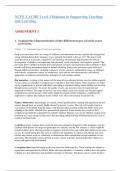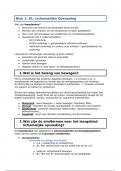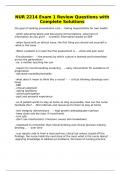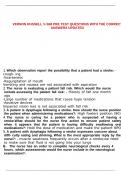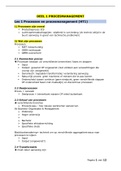Other
NCFE CACHE Level 3 Diploma in Supporting Teaching and Learning - Assignment 1
- Course
- Institution
This document contains the questions and answers for assignment 1 for the NCFE CACHE Level 3 Diploma in Supporting Teaching and Learning. The document is thoroughly written, well-researched, and well-presented, it includes all 10 questions. This document will help you save time. PLEASE DO NOT C...
[Show more]
